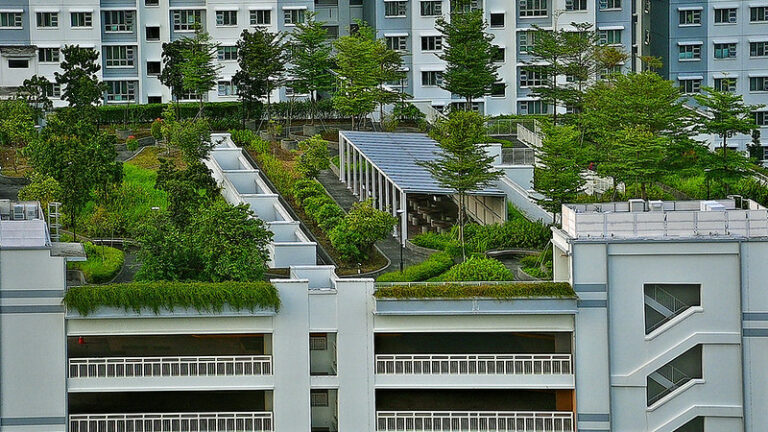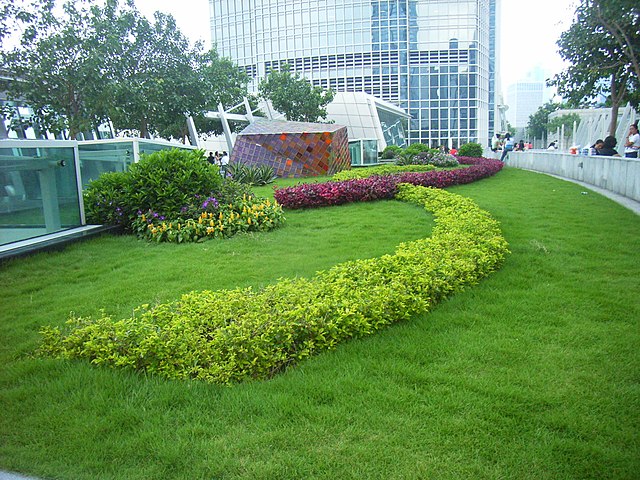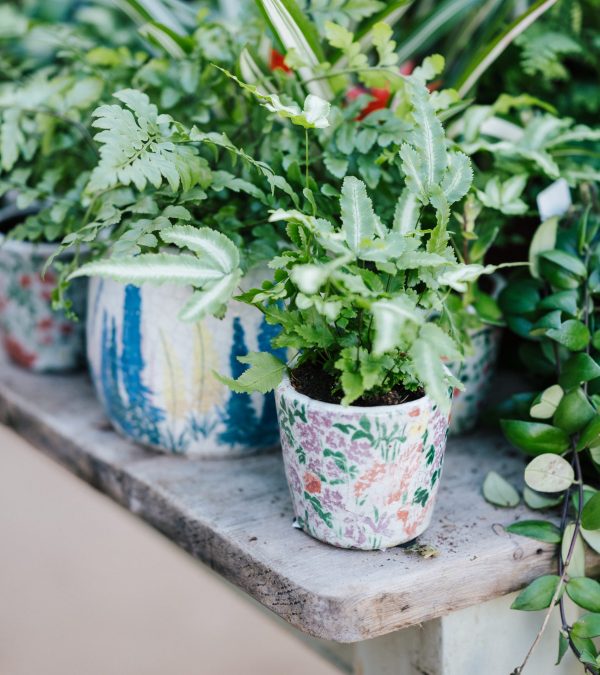Air Quality
The condition of the air determines the way we feel and live. Out of balance temperatures or dirty air can be harmful to us. Check out our topics to ensure your air is in good condition.
Urban Heat Islands
Is it just me or is it getting hot out here? Philadelphia’s rural counterparts seem just fine, but here it’s getting hotter and hotter! This is due to the urban heat islands, areas with unnaturally high heat concentration. There are multiple causes of the heat islands, mainly Philadelphia’s massive infrastructures and the lack of green spaces.
Buildings and roads absorb and release sunlight more than natural landscapes like forests and bodies of water, causing the area to feel like a slow cooking oven. Arrangement of these buildings, such as narrow streets and skyscrapers, also blocks off wind which is meant to naturally cool the city. Human activities also generate heat, like the constant bustling of cars, and industry building activities.
Problems that arise because of the weather are spikes in energy consumption, health issues, and decreased water and air quality. If it’s hot, people want to use more air conditioning meaning energy demands increase. For power grids this could mean more power outages. Low-income residents will also find it hard to stay cool due to increased electric cost.
In Philadelphia, 65% of the electricity is generated by nuclear plants, and the mining process of its uranium releases large amounts of carbon dioxide. Nuclear power plants also emit radiation and generate deadly radioactive waste.
Fossil fuels, another source of energy, are known to release air pollutants like greenhouse gases. This leads to smog, acidic rain, and ground level ozone. The combination of the heat and pollutants leads to many health effects such as respiratory difficulties, and heat strokes. If you want to see what the different Philadelphia heat zones look like go here.
Add Green Roofs
Creating more green spaces is one of the best ways to combat heat islands. However, in Philly due to the massive infrastructure, it may be hard to find that space. Then why not use those buildings as space?
Adding plants to your roof provides shade, and removes heat from the air – ultimately lowering the temperature of the building and surrounding area. They are also extremely beneficial to decrease air pollution, and can potentially be a prime growing spot for fresh produce.
These benefits help reduce the consumption of energy through AC and fan use and provide clean air to breathe.
Setting up plans for a green roof can take some time, but it’s not impossible. Local organizations such as Lomo Civic have successfully fundraised and started community projects.
If building a garden seems like a lot of hassle, Philadelphia volunteer opportunities are available.


Start a Project with Roofmeadow
Roofmeadow is responsible for many green roof architecture and installations in Philly. Ask community members for help, or to raise money, and see if a location you like qualifies for a project.Volunteer at Cloud Nine Roof Farm
Cloud Nine is a green roof on top of the Guild House West senior residence where volunteers grow crops and herbs to sell at local food markets and donate to food banks. Get your hands dirty and help out.Less Personal Vehicle Travel
There’s not much we can do to reduce the heat emitted by the sun, but we can reduce what’s caused by our day-to-day activities. Something like driving a personal vehicle emits heat that gets absorbed into the heat island.
Using public transportation more often will minimize unnecessary emissions. Southeastern Pennsylvania Transportation Authority (SEPTA), is Philadelphia’s public transportation system where people can catch trains, trolleys, and buses.
SEPTA is also accessible for environmentally friendly modes of transportation like bikes, scooters and skateboards. They are a great way to get around the city with little to no harm to the environment. You can find Indego bike stations to rent and ride.
Join Philadelphia’s Bike Coalition
Biking with a group is a great way to stay active and motivated to go green. The organization has membership opportunities and hosts many events year round. Their goal is to make Philadelphia a safer place for those that use cycling for daily commuting and leisure.Asthma
Does it seem like it gets harder to breathe outside sometimes? It seems to be that a lot of kids and teenagers living in Philadelphia have asthma or asthma-like symptoms.
Philadelphia is known to have bad air quality year round, and it’s especially worse during the hotter seasons. Here are some of the common air pollutants that affect your breathing: carbon monoxide, nitrogen dioxide, sulfur dioxide, and lead. All of these are known to possibly cause or worsen the effects of asthma.
20 percent of children under the age of 5 in Philadelphia have asthma. Above the age of 5, one in three children have been diagnosed with asthma. Just these statistics make Philadelphia the 12th worst city in terms of particulate pollution, and this goes to say that it is the 3rd worst place in the United States for people who have asthma.
Philadelphia ranks as one of the country’s 25 worst areas for ozone and particle pollution year around. Focusing specifically on West Philly, one in four kids born and raised here suffer from asthma. CHOP reported seeing less cases with asthma these days because kids and teenagers aren’t going outside as much due to COVID-19. This means that they breathe the polluted air less and and have less flare ups and attacks.
Get House Plants
As a solution, houseplants can help clean up the air a little bit. The English ivy is the most common indoor plant with the most benefits for air quality.
According to the National Aeronautics and Space Administration (NASA), English ivies can remove toxins from the air such as benzene, formaldehyde, xylene, and toluene.
As a plus, this ivy also helps remove airborne mold in your home which could also cause you to get sick. The snake plant is also very beneficial to have around for those who have asthma. It can help with irritating chemicals that can be found in everyday cleaning supplies.
The snake plant has the specialty from removing benzene from cigarette smoke or even car exhaust that you might be breathing in.
Also, taking care of this plant is super easy because you don’t need to water it often and it requires very little attention.
Eat These Foods
Some foods are known to help with good lung health from which is something everyone could benefit. A lot of people who have asthma tend to have low vitamin D levels, so foods rich in that would help. These foods could be milk, eggs, and fish, such as salmon.
Vitamin E is also very good for the immune system and it helps to protect and repair damaged lung tissues. It also aids in red blood cell formation, which increase oxygen levels within the body. These foods could be carrots, red, orange, and yellow fruits and vegetables.
Foods that are rich in beta carotene are definitely something to include in your diet as well as magnesium. Magnesium helps improve lung flow and volume, and these foods could be pumpkin seeds, salmon, spinach, and even dark chocolate.
Foods rich in Omega-3 fatty acids reduce inflammation and these are mostly plant based fats such as fish, nuts, seeds, and plant oils.
Before taking any vitamin supplements, always check with your doctor as some supplements may interfere with other medications you may be taking.
CHOP Asthma Prevention Program
Free asthma education classes, home visits, asthma resources (CAPP)

